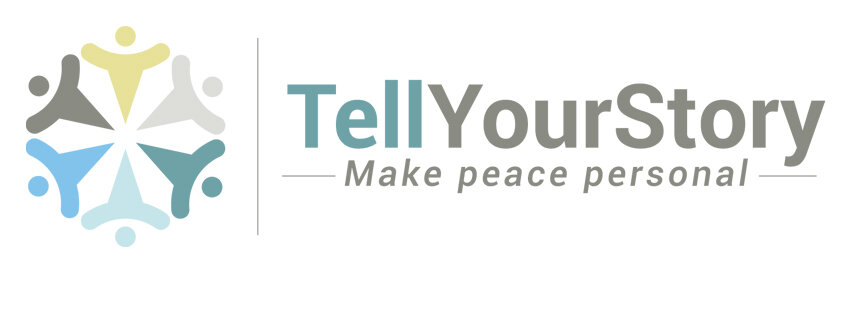FEATURED ARTIST: Leila Refahi
Leila Refahi works with painting, installation, and digital media to create participatory art experiences. Her work mainly focuses on environmental issues and endangered animals. She was born in 1985 in Tehran, Iran and was raised by parents who nurtured her in an environment full of art. Refahi has presented five solo exhibitions and participated in more than 60 national and international group exhibitions and festivals.
Making Peace with the Planet:
The Path to Socially Engaged Art
There are different ways to look at art and understand it. Sometimes people just find it a decorative element. Sometimes, it is a way of expressing inner feelings, and sometimes artists use it to react to their societies' events.
When I started painting, art was a very personal thing for me. I was ten, a girl with a colorful world. I painted my dreams, my parents, and all the things I loved.
As I grew up, art changed as a tool for expressing my thoughts. I remember I wrote poems and stories in those days. I also had a drawing book that I sketched in every day. I cannot remember when, but over time, drawing replaced poetry for me. Lines became letters, and forms became words. I have to admit that sometimes I miss writing (I will start it again one day), but I cannot imagine living without painting and drawing now.
I have grown up in Iran. In Iran, people's lives are intertwined with politics. People always talk about it together, on the streets, in the markets, at parties, at schools and universities. In Iran, we are looking for social justice and freedom ever since we began recognizing ourselves.
Since my parents were involved in civic activity in their youth, I have been more involved with these concepts since I was a child. My best hours as a teenager were spent in my father's room. My father was an artist; he had many books in his library. When he was at work, I read books in his room, played with colors, and listened to music cassette. Those days I have got familiar with the concepts of justice, social art, the artist's social role, equality, freedom, revolution, and social movements.
As days passed, the sensitivity to my surroundings deepened by the influence of the world's political and social events, and I engaged with the notion of freedom more and more. For me, the concept of living in a free world is intertwined with the desire to have clean earth. My dream is a world without any pollution, where all human beings of different colors and races live in peace alongside all species. It may be unattainable, but it's worth pursuing.
As an artist and educator, the only weapon (and I believe the strongest) to achieve my dream and goal is my art. It is the tool that I can talk and react with that. In my paintings, I criticize urbanization and its impact on the environment and the destruction of animals' habitat. I also focus on endangered species and the threatening behavior of humans against animals and nature.
Art is a way of communicating with people in society. My works become complete when the audience tries to connect with them. With my art, I try to engage my audiences with my painting concept and invite them to observe, understand, feel, and think about it.
In this turbulent time, when we are increasingly detached from nature due to the speed of life, art can reconnect us to our inner peace and mother earth. The language of art is the language of emotions. Art can enhance sensibility and empathy with nature and animals by engaging audiences' perception, visualization, imagination, and emotions.
I am recently studying Socially Engaged Art and the ways to involve audiences in the process of art-making. My aim is to connect with audiences actively. Here, they are not just viewers of artworks, but they too will become creators of them. I believe this dynamic interaction can be more effective in raising awareness of environmental issues.
The art-making process can allow participants to reconnect with their environment. This is a symbolic and indirect experience, where they are empowered to creatively imagine and embody their own ideas and insights for their natural surroundings.
Leila is currently living and working in Montreal, Canada. The images above of her work are part of a series entitled “Suspended Life.” which included these endangered animals. In her words, “The loss is irreversible, and the human footprint is apparent through it. Suspension plays an essential role in my works. Here suspension is an instant between being and vanishing, a flash that is stabilized.” To learn more about Leila’s efforts to use art to educate the public about the fragility of our environment, please visit www.Leilarefahi.com.












